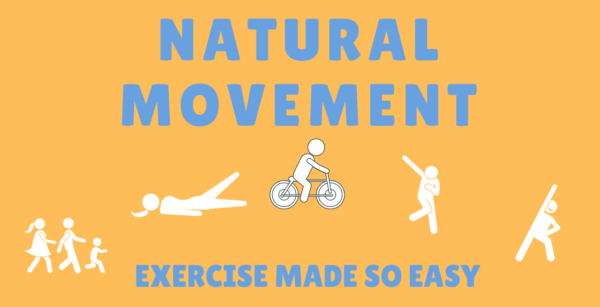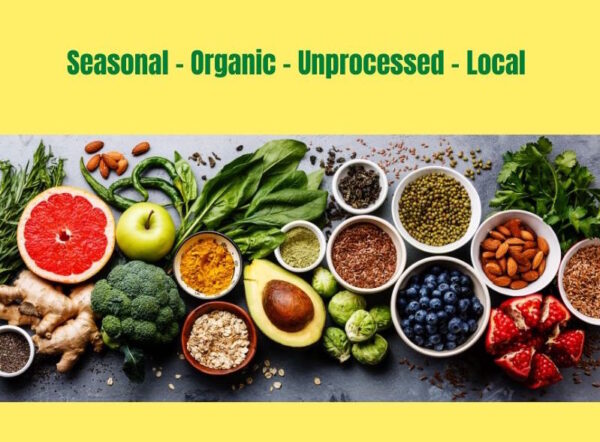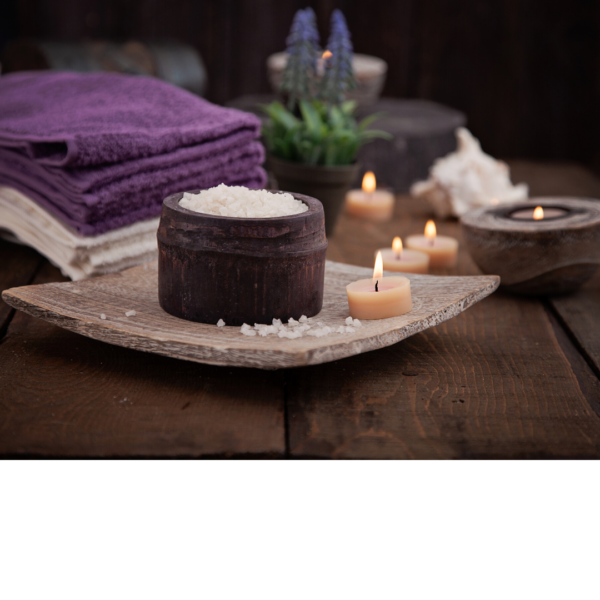It’s completely natural to feel somewhat ungrounded right now with the amount of action at play. From the happenings of this pandemic, to ongoing national fires, to political tensions rising, these are issues that affect us and our communities in both subtle and overt ways. 2020 has been somewhat of a training ground by teaching many of us how to feel comfortable being uncomfortable. As we continue to navigate new norms and general uncertainty, we can practice comforting ourselves and our loved ones throughout the process.
This being said, efforts of self-care have never seemed more relevant than they do today. And though there are countless ways to offer ourselves comfort, we would like to suggest three simple practices that may offer you sustainable support.
Make Your Home a Sanctuary
Take a moment to ask yourself, how do I feel in my home? Is my home a space that is set up to offer me rest and nourishment? Or is it a space that feels cluttered, messy, and at times frustrating?
Being that our homes are where we spend the majority of our time, it’s important to create a space that matches our preferences and needs. We do this by creating a space that functions with us instead of against us, this opens us to the possibility of experiencing home as a site of refuge and unmatched comfort.
When we allow our homes to be occupied by belongings that no longer have purpose, or hold space for incomplete projects that drag out longer than anticipated, the harmony of the space itself becomes disturbed. To remedy this we recommend thoughtfully purging items in the home that are taking up unnecessary space. By organizing and letting go of excess items we create a more sound environment to inhabit, this of which will offer a sense of deep comfort and help the home feel at peace.
Spend Less Time on Technology
With work, school, and various other pursuits being steered to the online space many of us are spending hours upon hours fixated to the screen. It’s wise to become mindful of how we are relating to our devices as most of us are over consuming, and numbing out. When our attention is captivated inside of a screen we are not in our bodies. We literally become dis-embodied and this in itself plays host to a variety of uncomfortable symptoms that build over time.
While smartphones, televisions, and computers stimulate a world inside the screen they ultimately distract us from engaging with real life sensations. This is problematic to our physical and mental health since our bodies are designed to move, walk, and be amongst nature, yet activities are now centered around media outlets. It’s important to find a healthy balance with how we use our technology, and begin returning to the simple pleasures of life for comfort.
Practice Kindness and Generosity Towards Others
When our inner world is struggling to experience a sense of safety or comfort, it can feel nourishing to extend kindness towards someone else. Odds are that if you’re feeling unsettled, others around you are too. So instead of closing off and waiting for the uncomfortable feelings to pass, we can actively use the discomfort as a force for good.
Let’s remember that kindness and generosity doesn’t have to be exhausting or extravagant. It can be as simple as connecting and making conversation with the cashier ringing you up in the store, delivering canned goods and warm clothing to a local homeless shelter, or calling up a friend and asking how they’re doing. The idea here is to get ourselves out of the victim-hood that so often accompanies us in times of distress, and return ourselves back to our own source of power and compassion.
No matter how you choose to find comfort during these turbulent times, know that you are not alone. Find a daily rhythm that feels good to you, and support yourself with actions that feel both enriching and expansive.
By Melissa Aparicio, contributing author
We invite you to discover inspiring and effective ways to care for yourself and to serve others. Now more than ever, caring is what we all need most. Caring for our self. Caring for others around us. Life now demands caring, resilience and compassion like never before. So, become a Custodian of the Caring Movement and help create the world we need right now, the world we want for our future generations.
UCA resources available to help include the Turbulent Times Resources Center, radio show, publications and online store offering members huge discounts and always free shipping.











